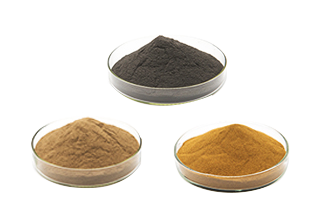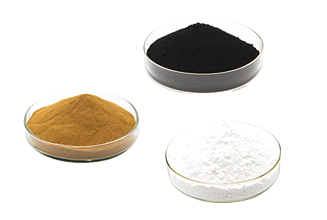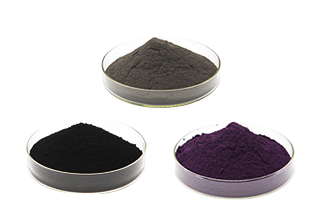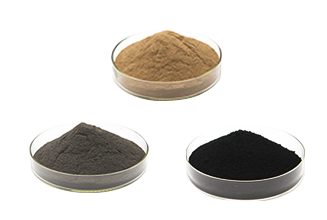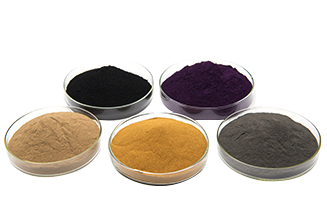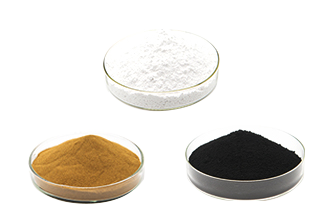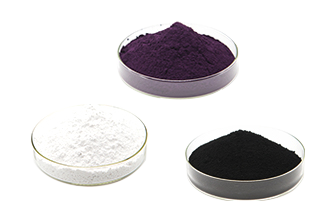Research on ultra-high temperature ceramic materials(2)
Carbide ceramic matrix composites
Hafnium carbide (HfC), zirconium carbide (ZrC) and tantalum carbide (TaC) have higher melting points than their borides, do not undergo any solid phase transformation, have good thermal shock resistance, and still have high strength at high temperatures . The fracture toughness and oxidation resistance of such carbide ceramics are very low. In order to overcome the brittleness of ceramics, fibers are usually used to strengthen and toughen them. The oxidation process of refractory carbides is a combined process of inward diffusion of oxygen or outward diffusion of metal ions, and gaseous or liquid (at relatively low temperature) by-products escaping outward through the oxide layer. The oxidation resistance of carbides is mainly affected by the formation and escape of gaseous by-products, such as CO and CO2, during the oxidation process. The results show that HfC, ZrC and TaC can easily absorb a large amount of oxygen into the lattice, and the oxide region formed at high temperature consists of at least 2 layers; one is an inner oxide layer with few voids, and the other is a porous outer oxide layer.
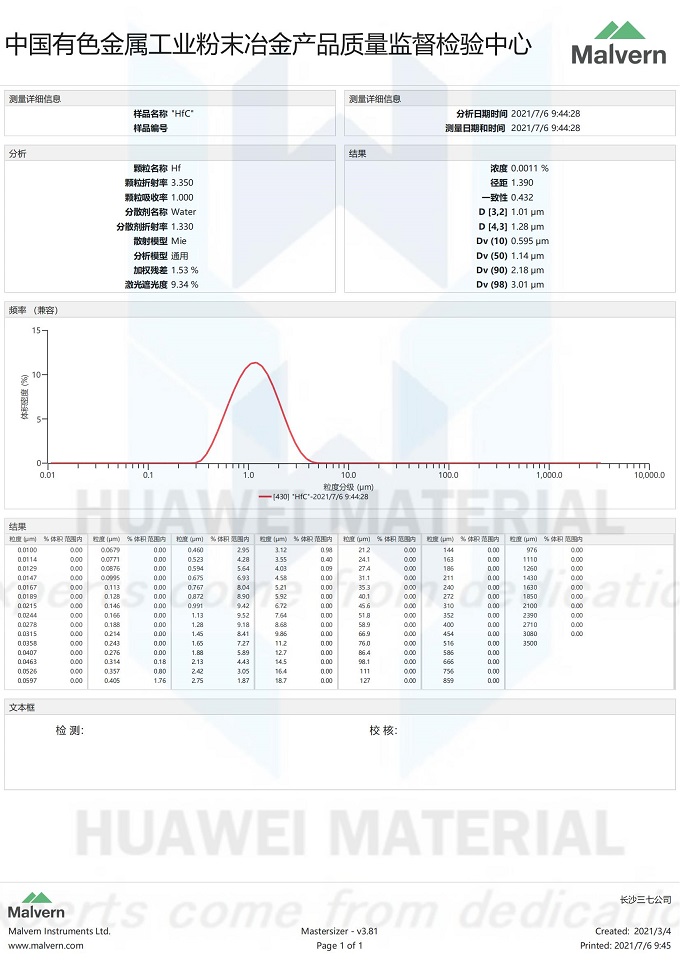
.jpg)
Hafnium carbide (HfC), zirconium carbide (ZrC) and tantalum carbide (TaC) have higher melting points than their borides, do not undergo any solid phase transformation, have good thermal shock resistance, and still have high strength at high temperatures . The fracture toughness and oxidation resistance of such carbide ceramics are very low. In order to overcome the brittleness of ceramics, fibers are usually used to strengthen and toughen them. The oxidation process of refractory carbides is a combined process of inward diffusion of oxygen or outward diffusion of metal ions, and gaseous or liquid (at relatively low temperature) by-products escaping outward through the oxide layer. The oxidation resistance of carbides is mainly affected by the formation and escape of gaseous by-products, such as CO and CO2, during the oxidation process. The results show that HfC, ZrC and TaC can easily absorb a large amount of oxygen into the lattice, and the oxide region formed at high temperature consists of at least 2 layers; one is an inner oxide layer with few voids, and the other is a porous outer oxide layer.

.jpg)
related news
-
.png) Nov 02, 2021Do you know what material can be made of cermet?Talking about the five advantages of cermet
Nov 02, 2021Do you know what material can be made of cermet?Talking about the five advantages of cermet -
.jpg) Jan 12, 2022Silicon carbide, Boron carbide - the "king" of the bulletproof industry
Jan 12, 2022Silicon carbide, Boron carbide - the "king" of the bulletproof industry -
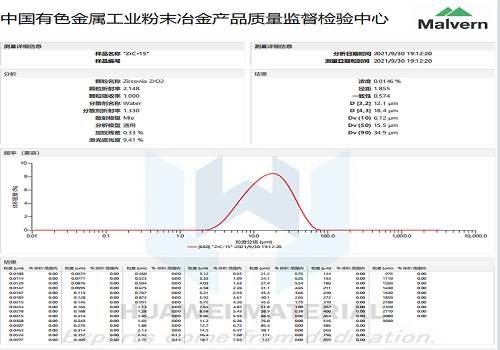 Jan 19, 2022Chemical vapor deposition of zirconium carbide coatings
Jan 19, 2022Chemical vapor deposition of zirconium carbide coatings -
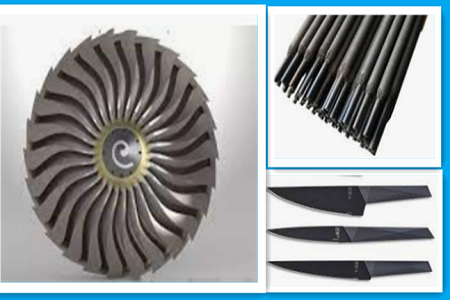 Nov 24, 2021Introduction to the application of titanium carbide (TiC)
Nov 24, 2021Introduction to the application of titanium carbide (TiC)

